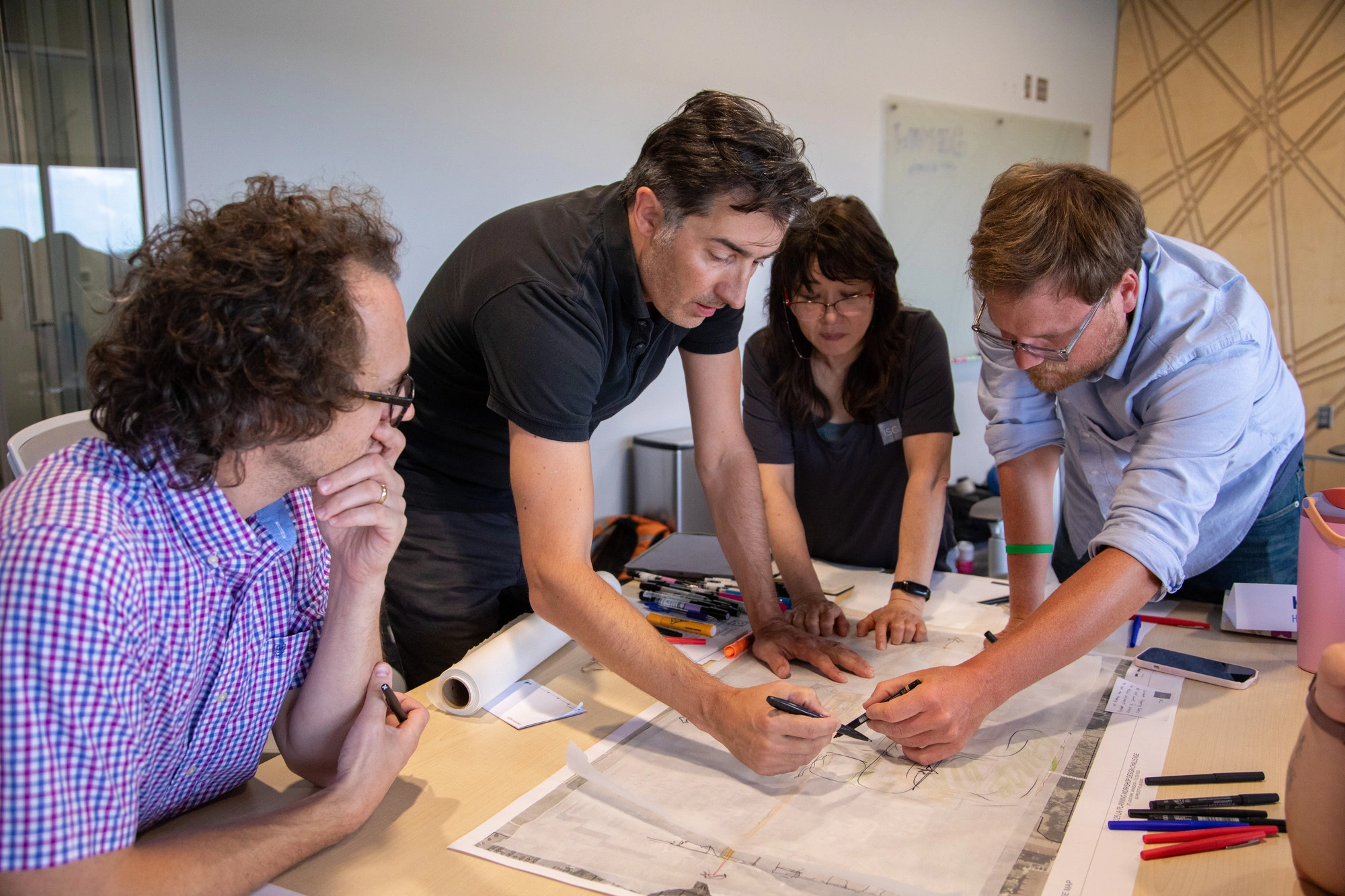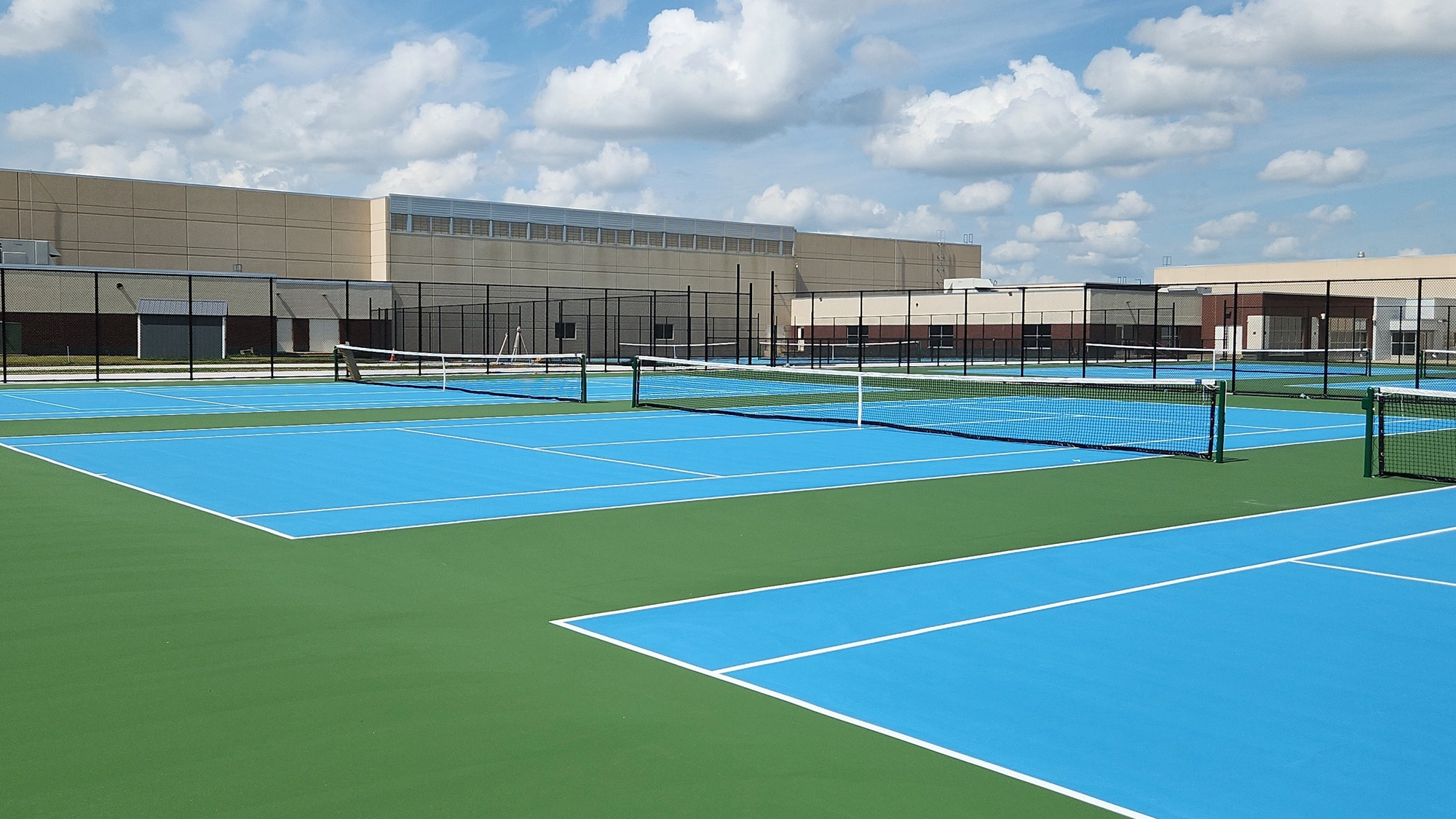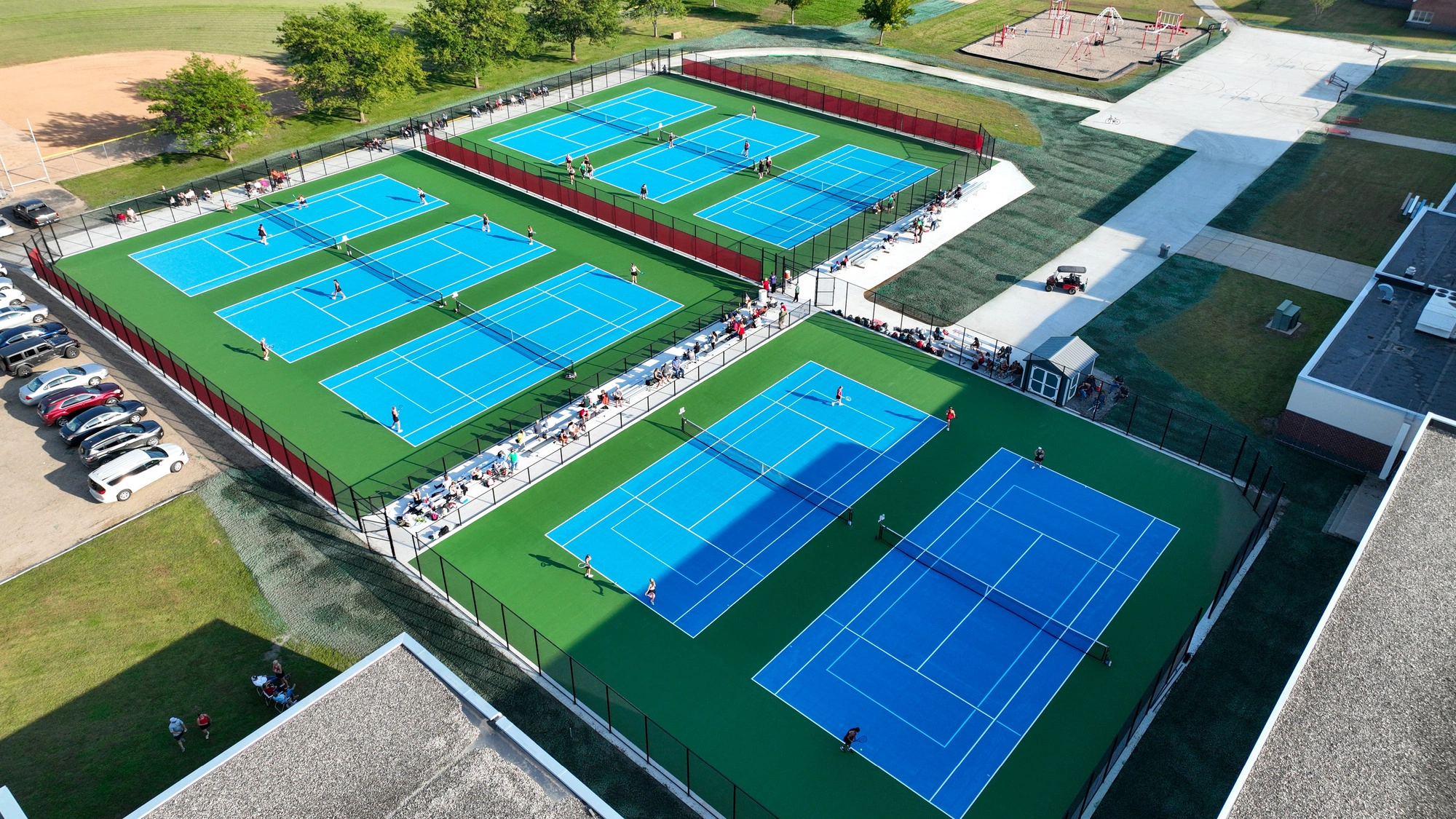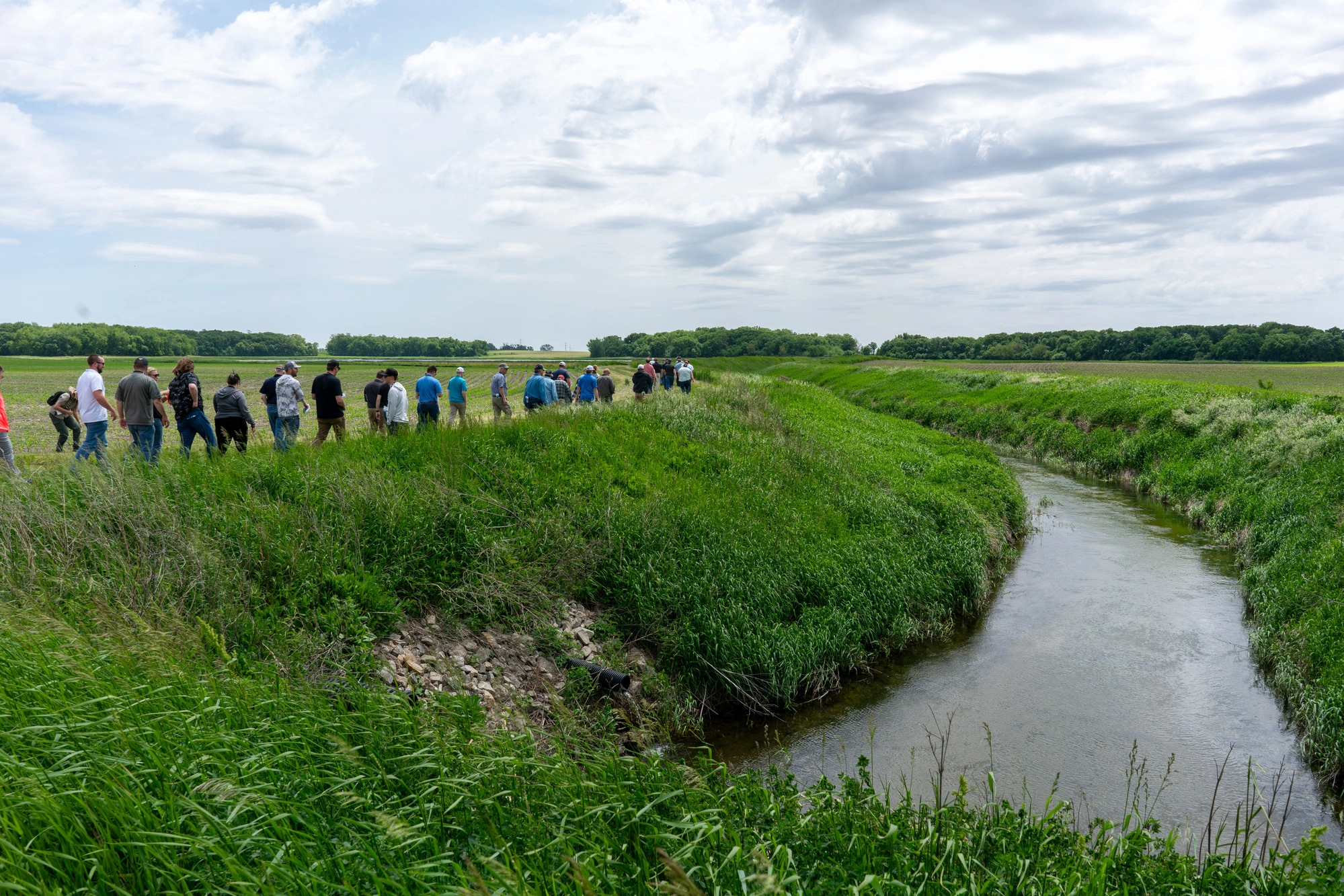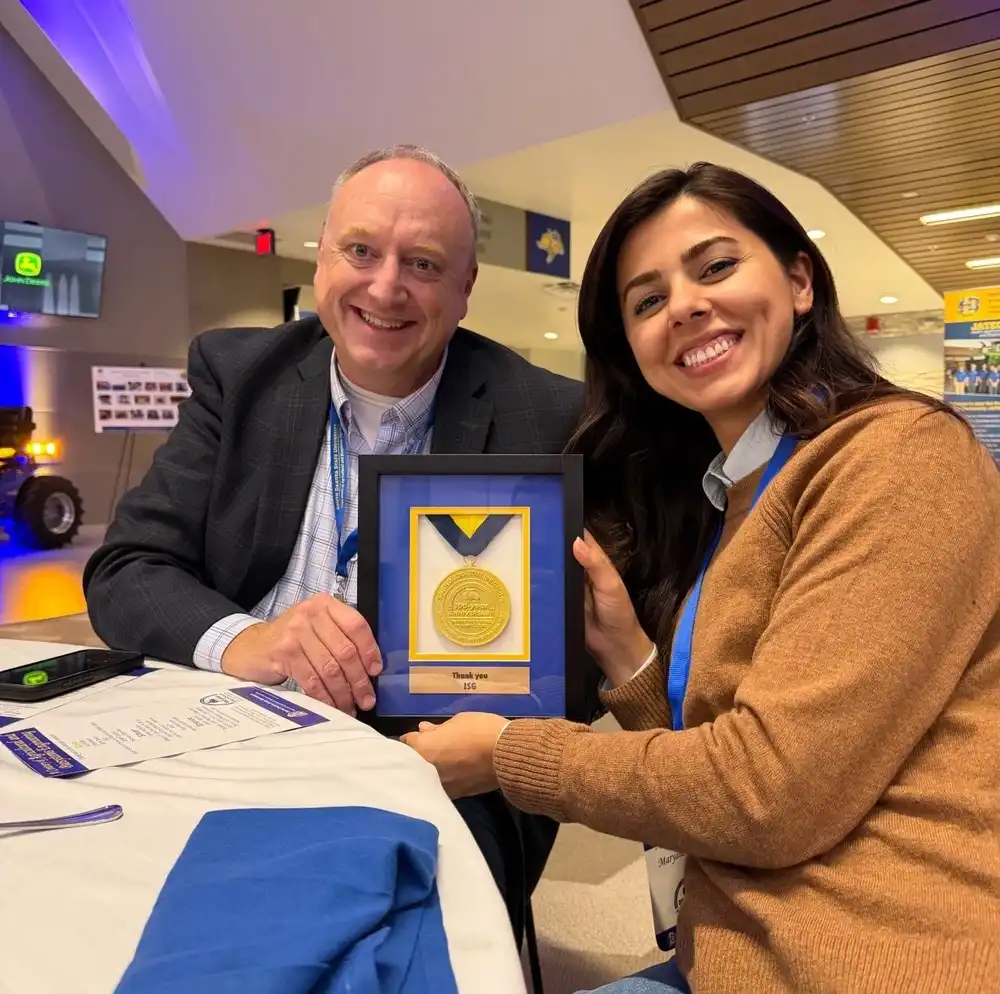Sustainable Water Resource Management Planning + Implementation: Taking Your Goals from the Page to the Field
ISG is leading the way in sustainable water management across the Midwest. Our experience in developing One Watershed, One Plan (1W1P) strategies and Multi-Purpose Drainage Management (MDM) Plans provides comprehensive solutions, including advanced flood control, water resource management, and environmental sustainability.
Beyond the planning process, we are experienced in implementing these plans, ensuring that watersheds achieve long-term success in reaching their goals. These targeted plans help secure the funding needed for drainage management initiatives and best management practices, balancing the needs of landowners and watershed managers.
One Watershed, One Plan (1W1P): A Blueprint for Sustainable Water Management
Our team of water resource experts have developed eight 1W1P plans tailored to the unique needs of each watershed. Each plan serves as a blueprint for a healthier ecosystem and a thriving agricultural industry.
The 1W1P approach marks a significant departure from traditional water management planning. In collaboration with state funding, policies, and support from local governments, we work hand-in-hand with watershed stakeholders to develop a comprehensive watershed management plan that covers an array of priority areas, including soil health, water storage, and drainage. Each established goal must have at least one measurable outcome to track success and evaluate progress towards goals.
ISG prioritizes forward-thinking strategies and considers the needs of the watershed, balancing them with what is achievable when evaluating potential funding and staffing resource levels. We ensure our plans meet the 1W1P requirements and reflect the watershed’s values and goals.
Multi-Purpose Drainage Management (MDM) Plans
Multi-Purpose Drainage Management (MDM) Plans are often an implementation strategy identified in the 1W1P. Our process for creating MDM Plans begins with a thorough review of priority areas outlined in the 1W1P, followed by implementation of prioritized best management practices (BMPs) on a local landscape through strategically siting practices. By incorporating BMPs into our plans, we help reduce sediment and nutrient loading, improve water quality, and provide benefits for landowners as part of the drainage system.
The watershed goals detailed in the 1W1P serve as our guiding framework, ensuring we align MDM plans with measurable goals. The design and implementation of MDM plans optimizes flood damage reduction, erosion control, and natural resource preservation, resulting in sustainable water management practices that benefit the environment, local communities, and landowners.
MDM Plans in Action
Chetomba Creek, Renville County, MN
The Chetomba Creek MDM plan is underway, funded by Watershed Based Implementation Funding (WBIF) from the Hawk Creek–Middle Minnesota River Comprehensive Watershed Management Plan. Identified as a priority area, the watershed plan for the Chetomba Creek watershed addresses environmental concerns such as impaired lakes, altered hydrology, and soil erosion. These priorities guided the focus areas of the MDM plan and a HSPF-SAM model was used to project water quality improvements and prioritize cost-effective sediment reduction practices. The plan positions the watershed partnership to apply for grant applications in 2025 and implementation in 2026.
ISG has been a longstanding partner of Watonwan County within the Greater Blue Earth River Basin Alliance (GBERBA) and is currently developing MDM plans for the Watonwan County portion of the Watonwan watershed. One MDM plan has been completed for Watonwan County Ditch 1 and another is in development for Brown–Watonwan County Judicial Ditch 13. Both drainage systems have been identified for potential future repairs. The MDM plans are designed to implement BMPs that address water quality, water storage, and natural resource conservation, while improving drainage systems. Funding for both plans is provided by the Watershed Based Implementation Funds from the Watonwan River Comprehensive Watershed Management Plan.
Maximizing Impact, Securing Funding
ISG’s water resources and environmental teams include in-house grant and funding specialists who leverage grant opportunities through strategic MDM plans. For this funding alignment to be effective, the MDM plan needs to establish clear goals, quantify water quality and hydraulic benefits, and outline project costs. ISG has a proven track record of assisting clients with funding, having secured over $33 million in grants and leveraged over $20 million in public and private dollars for water quality and BMP projects across the Midwest.



Related Articles

.webp)
ISG Recognized as a 2025–26 Emerging Professional Friendly Firm for the Fourth Consecutive Cycle
ISG has been honored as a 2025–26 Emerging Professional Friendly Firm by AIA chapters in North Dakota, South Dakota, Wisconsin, and Minnesota in recognition of its commitment to fair compensation, licensure support, mentorship, and growth for early-career architects.





